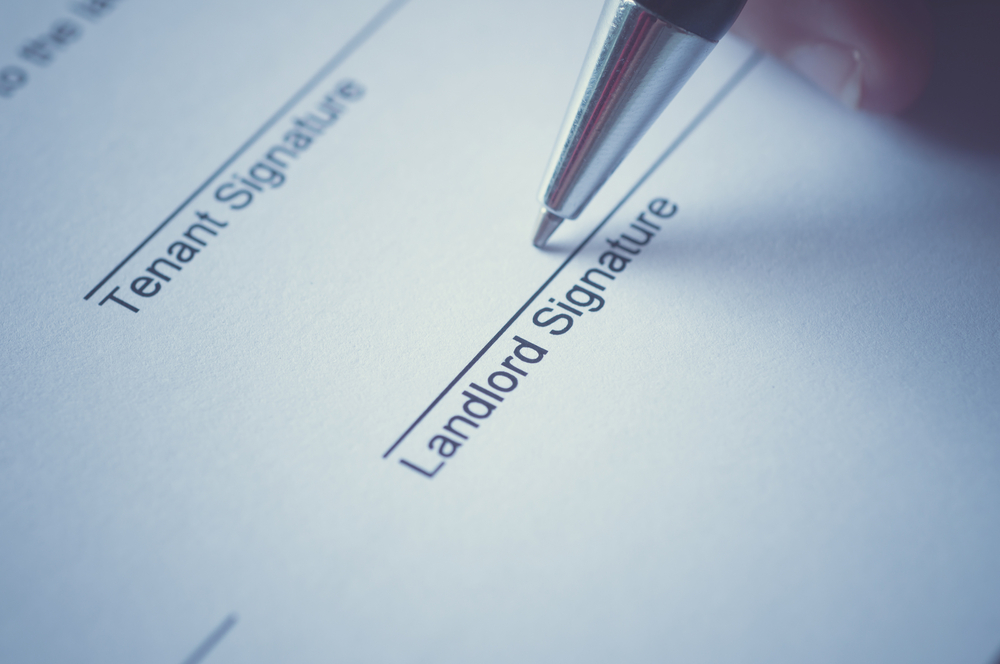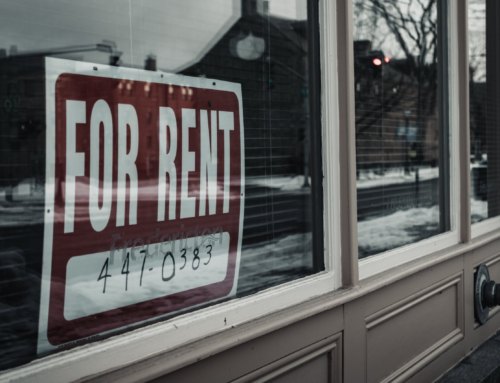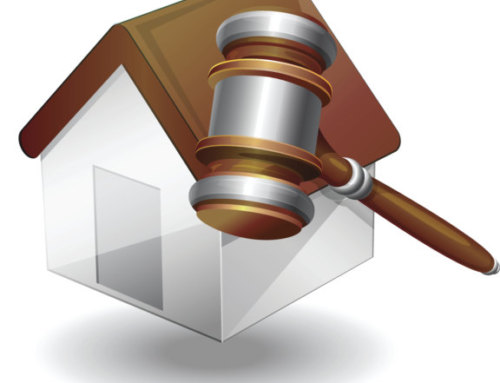Massachusetts’ security deposit law has many intricate requirements that, if not complied with to the letter of the law, can provide landlords with more trouble than it’s worth.
Massachusetts General Law Chapter 186, Section 15b provides the guidelines that a landlord must follow in order to comply with the Security Deposit Guidelines. This post will hopefully explain to Landlords what must be in a security deposit receipt, how to make a security deposit return, and how to avoid a security deposit demand letter.
A security deposit is the tenant’s money and must be handled as such. The maximum amount you can charge as a security deposit is one month’s rent.
Upon receiving the security deposit, you need to do the following:
Put the security deposit into a bank account
- The bank must be in Massachusetts
- The account must earn interest
- The account must be under the tenant’s name and social security number only, with landlord as signatory (specifically, a landlord- tenant account)
- Note: credit unions are not banks
Within 10 days after the tenancy begins
- you must provide the tenant with a written “statement of condition” of the property detailing its condition and any damage with a required disclosure statement
Within 30 days of signing the rental agreement, give a receipt that lists
- The amount received
- The name of the person who received it (bank)
- Your name (Landlord)
- The date when the deposit was received
- Description of the premises rented
The purpose of giving your tenants a receipt, is it puts them on notice where they can get their money back, if you should become incapacitated or unable to return their deposit.
Also, as a landlord you are obligated to pay interest on the security deposit to the tenants.
- Either 5% or the actual amount of interest received (if less than 5%)
- Either cash or check or deducted from the rent
- Give an annual statement that lists basically all the same – – information again
- The name and location of the bank
- The amount of the deposit
- The account number
- Plus the interest earned
Within 30 days of the end of tenancy, you must pay all the interest earned on the deposit.
As a landlord you are entitled to keep the whole deposit or an amount equal to the cost of repair if your tenants caused damages in excess of normal wear and tear. If you choose to apply the security deposit to the damages you are obligated within 30 days of termination to:
- Provide an itemized list of damages
- This list must be signed by the landlord “under the pains and penalties of perjury”
- itemizing in precise detail the nature of the damage and of the repairs necessary to correct such damage
- Receipts, invoices, or photographic evidence are required for each deduction
- No deduction can be made for damaged items identified at move-in
- Return the original deposit plus remaining unpaid interest less damages
A landlord may also keep the whole deposit or just a portion of it due to:
- Unpaid rent
- Unpaid water bills
- Unpaid taxes (that tenant was obligated to pay only)
- Damage in excess of normal wear and tear (there should be a full damage list prepared as stated above)
As a landlord any failure to comply with any point or part of a point listed above will entitle the tenant to receive three times the amount of the deposit. Having the law call for mandatory penalties of three times the deposit amount, it is critical that as a landlord you follow these requirements. Consulting an experienced landlord attorney prior to accepting a security deposit is always recommended.

Got more questions on Landlord/Tenant matters?
Ryan Arsenault can be reached at
rarsenault@pkboston.com or (508)807-1131





